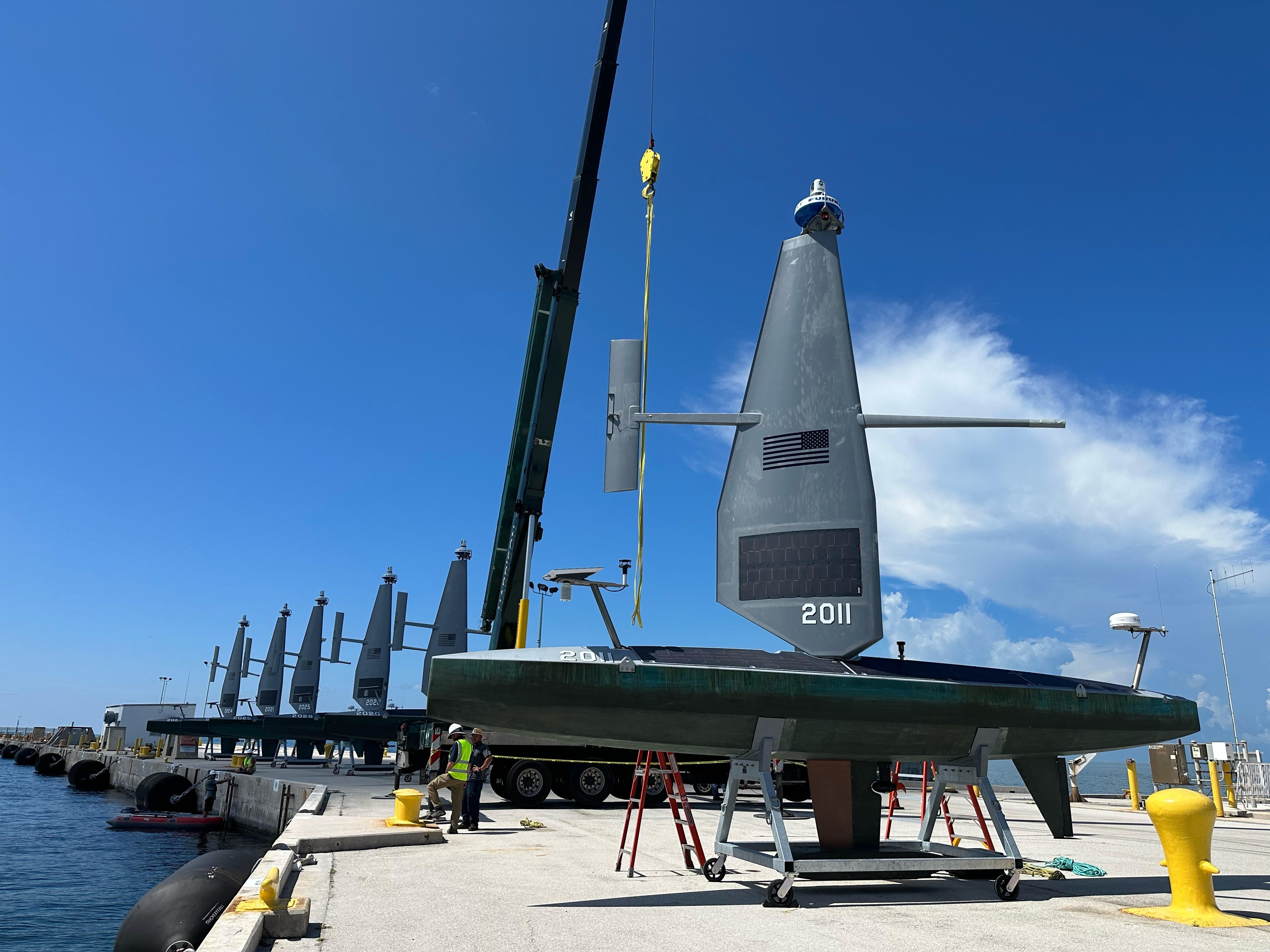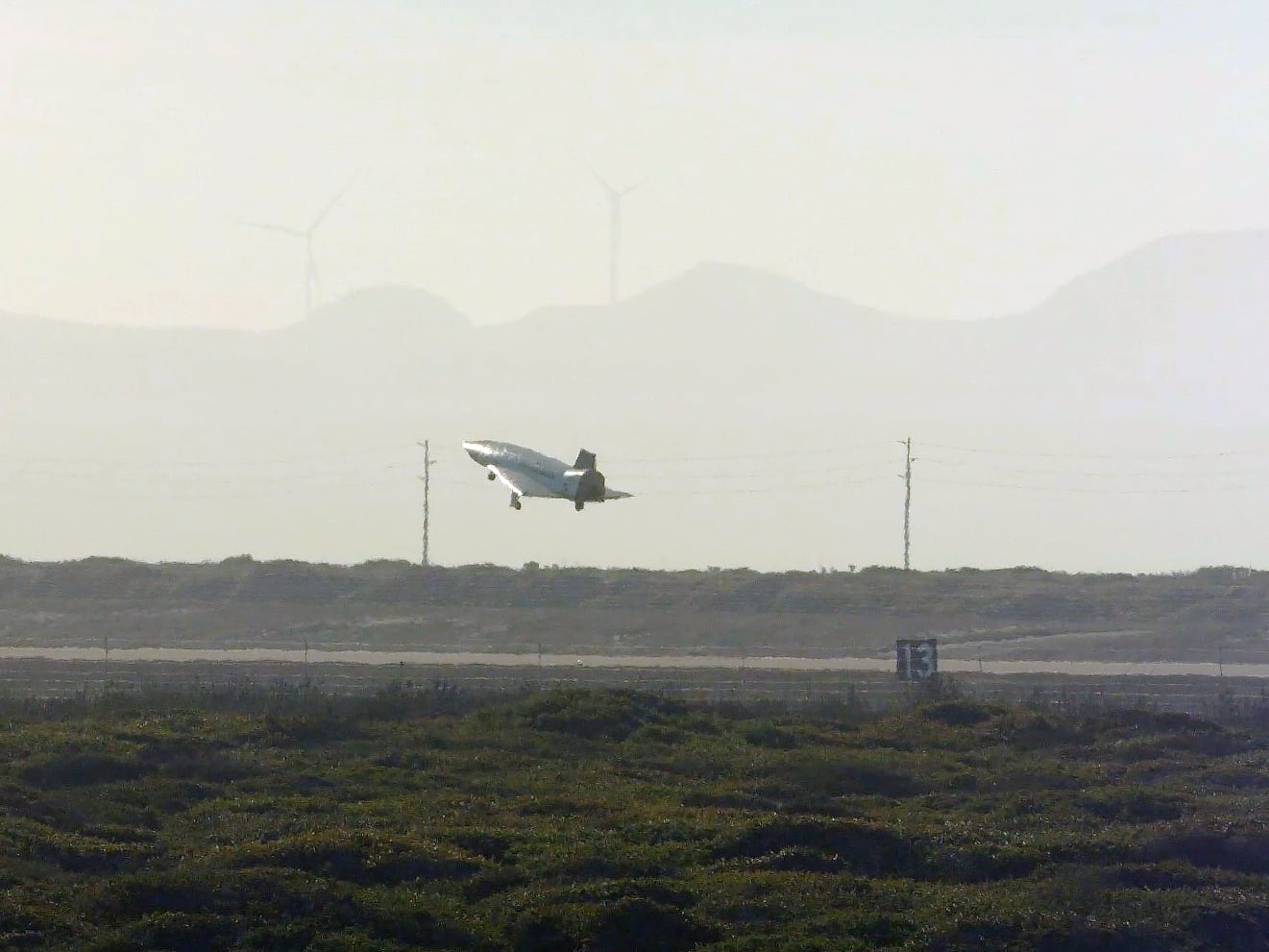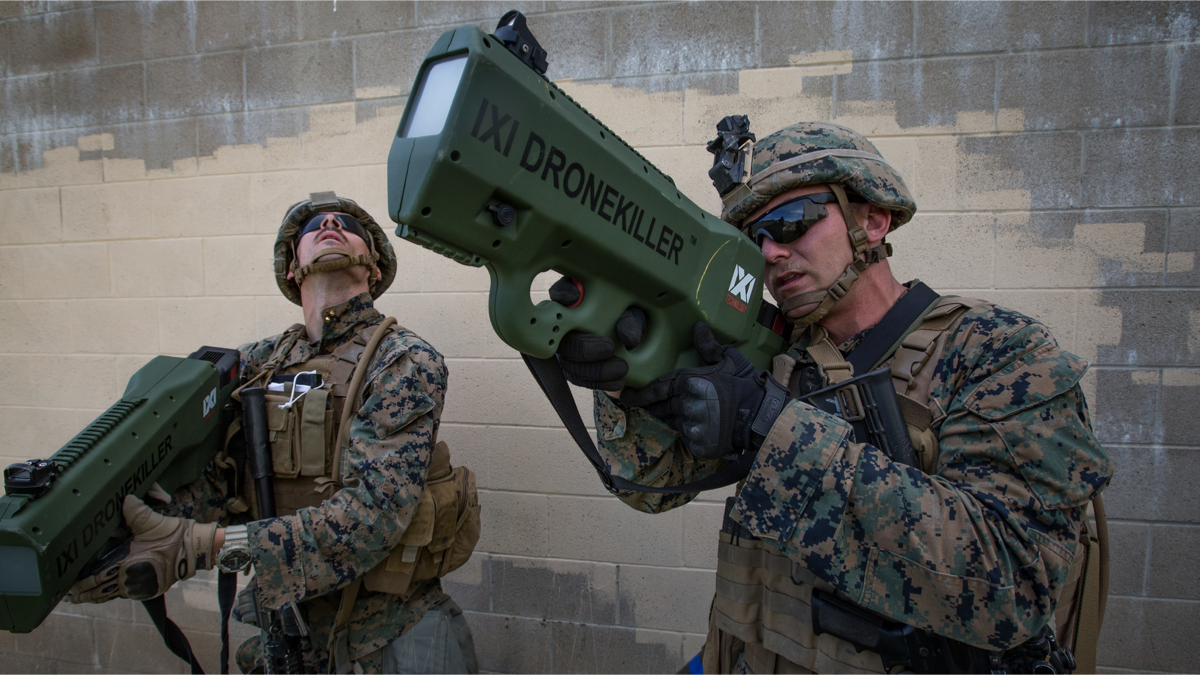Haphazardly stored, the 30 sparrow-sized robots could easily fit into a bucket. Seen inert, the minuscule drone looks like a sophisticated toy, a novelty item from a forgotten sci-fi romp. It is one of the most persistently fascinating little machines of war. And with a new purchase order, the newly FLIR-owned Black Hornet will be back in service with the armed forces of the United Kingdom.
The reintroduction of the Black Hornet into the armed forces of the United Kingdom follows a decision to cut the nano-UAV from its inventory in 2016 and 2017 as part of an overall reduction in unmanned systems. But, as the purchase order suggests, there isn’t quite anything else in the inventory, or even made by another manufacturer, that can do for the UK what the Black Hornet did.
Referring to the drones as PRS, or “Personal Reconnaissance Systems,” the order says that the 30 Hornets are needed to “maximise exploitation within the STRIKE experimentation.” The STRIKE experimentation is a force organization posture adopted by the UK Army in late 2017, with the goal of forming a workable Strike Brigade by 2020. In 2018, observers noted that the reorganizations for the Strike Brigade concept, combined with the loss of Black Hornets, combined to leave units without any unmanned reconnaissance capabilities.
However, since its retirement from UK service, two new versions of the Black Hornet have been introduced, one with night vision, and another that is modular, capable of adding components for missions as needed. FLIR, which acquired original Black Hornet maker Prox Dynamics in 2016, also introduced a drone housing-and-charging unit that can be mounted on vehicles, enabling ground robots and armored personnel carriers alike to launch their own small fleet of scouts.
The cost to equip the UK Army with 30 Black Hornets is just shy of £1.4 million (U.S. $1.8 million). That’s about $60,000 apiece for the drone. It’s compact form and military-specific design may make it such a good fit for the UK that they found it indispensable after two years without it. Irregular forces and nonstate actors could get much of the same capability, in a large package, for a few hundred dollars from hobbyist quadcopters.
Still, for a military-grade and military-certified product, it appears the Black Hornet is the only drone of its type and class readily available for nations at the moment. In a section explaining why the Ministry looked outside the European Union, the order states that “FLIR are the only company which can produce the number of nUAS demanded in the timeframe” to the required specifications.
Kelsey Atherton blogs about military technology for C4ISRNET, Fifth Domain, Defense News, and Military Times. He previously wrote for Popular Science, and also created, solicited, and edited content for a group blog on political science fiction and international security.








